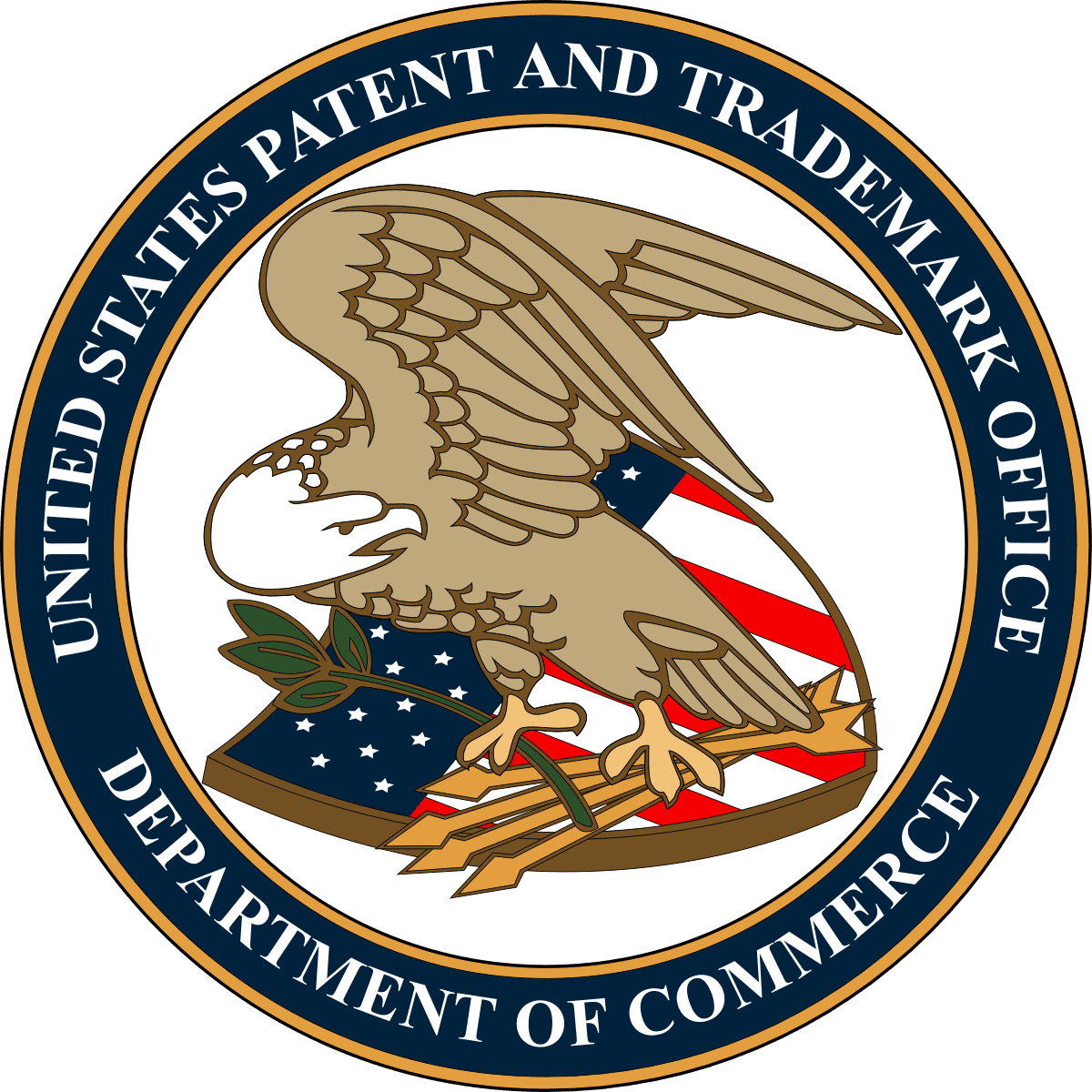The IP community is now awaiting the USPTO’s next move.
The United States Patent and Trademark Office (USPTO) has recently proposed significant changes to its terminal disclaimer rules and fee structure, sparking intense debate within the intellectual property community. These changes, if implemented, could have far-reaching implications for patent applicants and holders, particularly those who rely on continuation patent application strategies.
Proposed Terminal Disclaimer Rule Changes
The most contentious proposal involves a new requirement for terminal disclaimers filed to obviate nonstatutory double patenting. Under the proposed rule, such disclaimers would need to include an agreement that the patent in which the disclaimer is filed will be enforceable only if it is not tied to a patent where any claim has been finally held unpatentable or invalid.
The USPTO states that this action is being taken “to prevent multiple patents directed to obvious variants of an invention from potentially deterring competition and to promote innovation and competition by allowing a competitor to avoid enforcement of patents tied by one or more terminal disclaimers to another patent having a claim finally held unpatentable or invalid over prior art.”
Industry Reaction
The proposal has drawn sharp criticism from various sectors of the IP community. A group of former USPTO directors, including Andrei Iancu and David Kappos, issued a strong rebuke:
“This proposed rule package contradicts these fundamental principles of a stable and robust patent system… Combined with the recent proposal to increase fees for continuations and terminal disclaimers, some over 700%, the Office appears to be seeking to eliminate continuations practice…”
They further warned that these changes could have long-term consequences for the technology industry in the United States and potentially contribute to “losing its technological edge to China.”
However, not all stakeholders view the changes negatively. Mercedes-Benz, for instance, supported the proposal, stating that it addresses issues they’ve encountered with patent owners asserting multiple patents from the same family.
Proposed Fee Increases
Alongside the rule changes, the USPTO has proposed significant fee increases, particularly for continuation patent applications and terminal disclaimers. The fee for filing a terminal disclaimer could increase by up to 724%, from $170 to as much as $1,400, depending on the stage of prosecution. The filing fee for continuation patent applications will also be increased and scaled to the length of time to the earliest priority date.

The American Intellectual Property Law Association (AIPLA) commented that these changes would make patent prosecution “burdensome” on applicants and predicted that “patent application pendency would only increase under the Proposed Rule…”
Implications and Next Steps
These proposed changes have significant implications for patent prosecution strategies. If implemented, they could discourage the use of continuation patent applications and potentially alter how companies approach building their patent portfolios.
The IP community is now awaiting the USPTO’s next move. Many stakeholders have urged the office to reconsider these proposals, arguing that they exceed the USPTO’s authority and could harm innovation in the United States. As this situation develops, patent applicants and holders should stay informed and consider how these potential changes might affect their IP strategies.


Join the conversation!